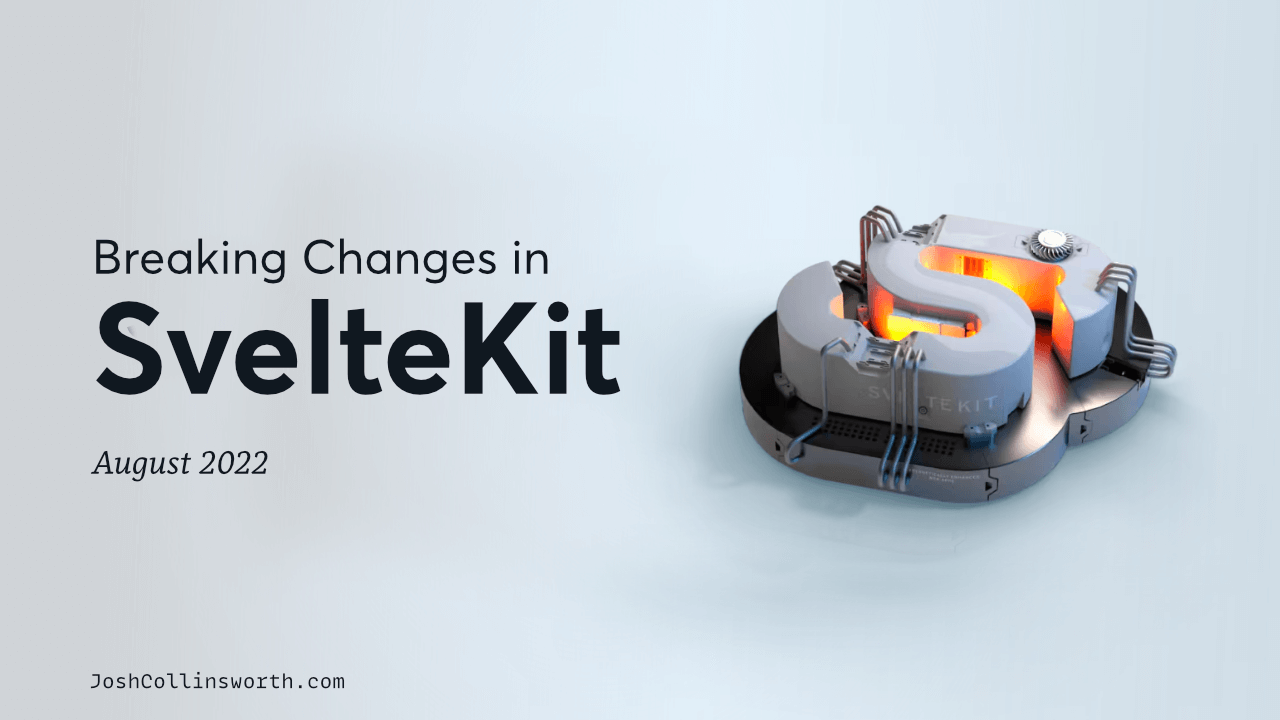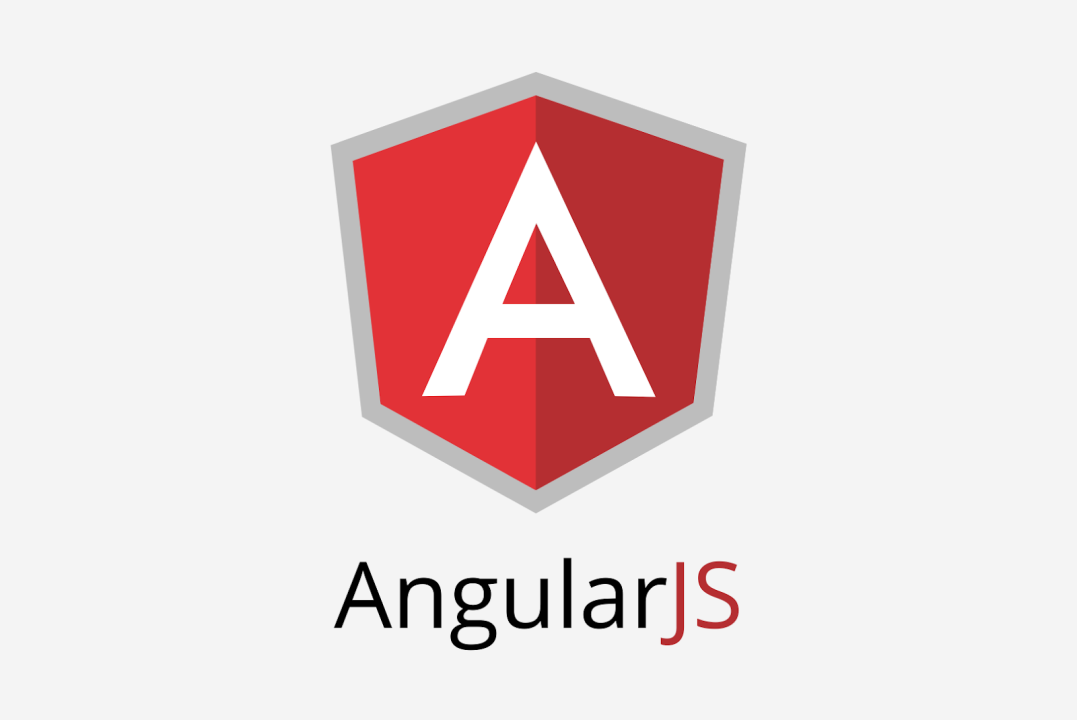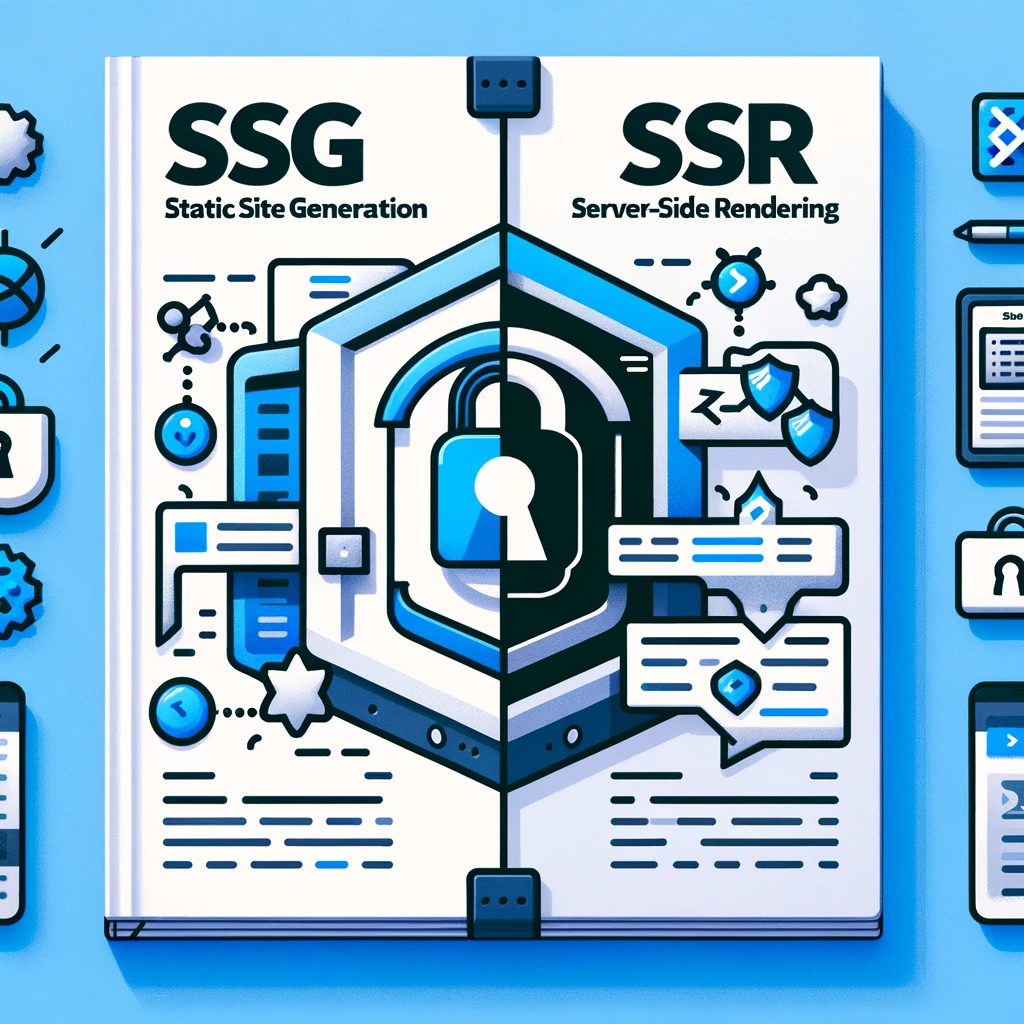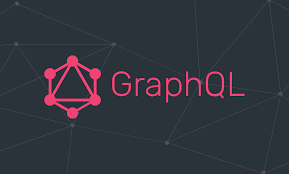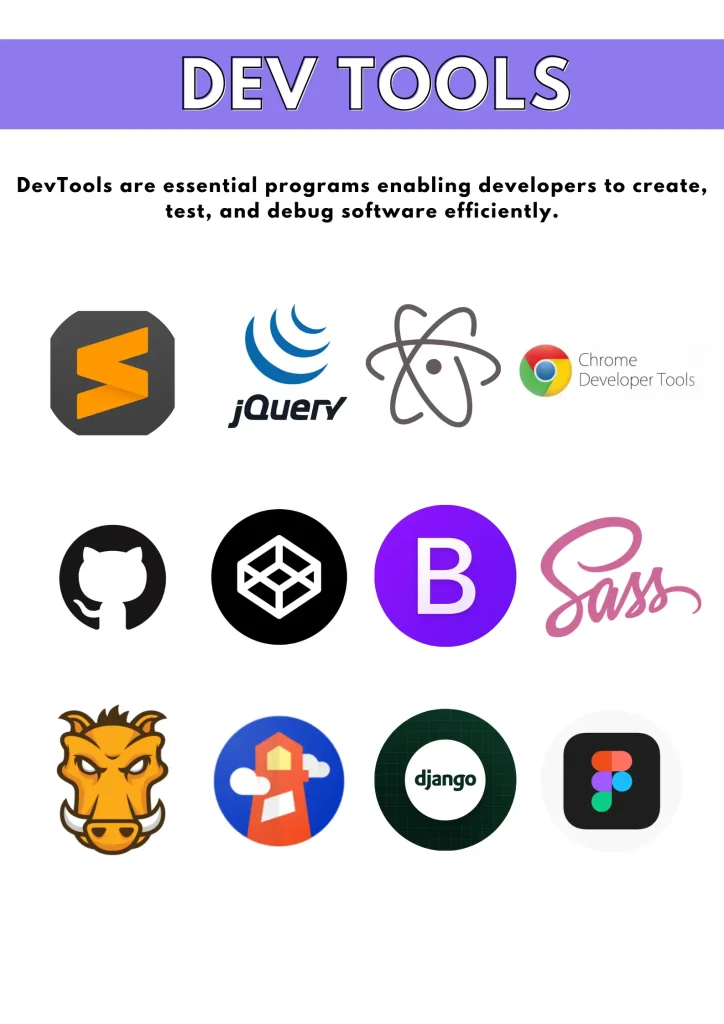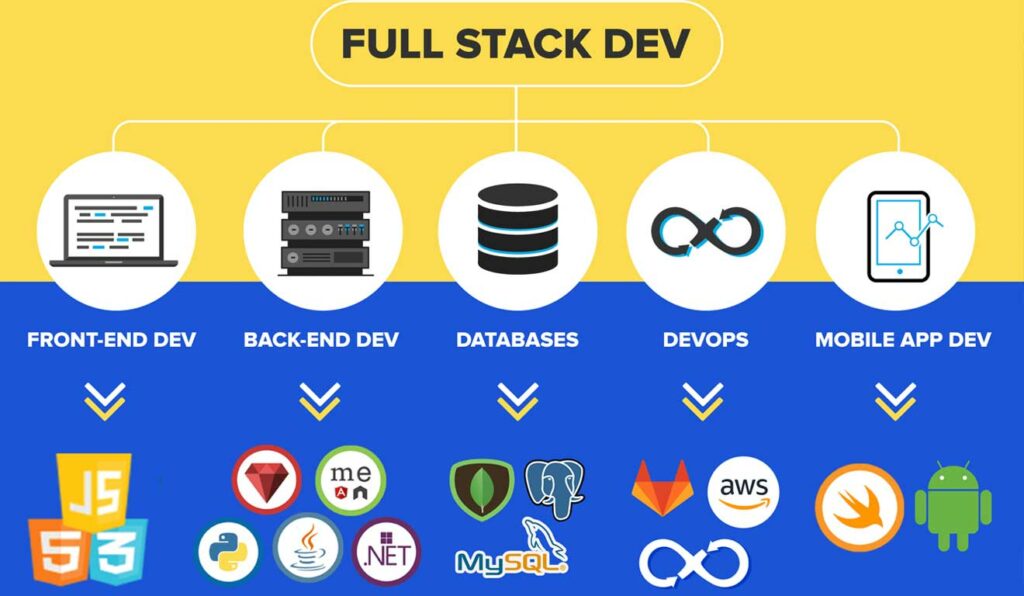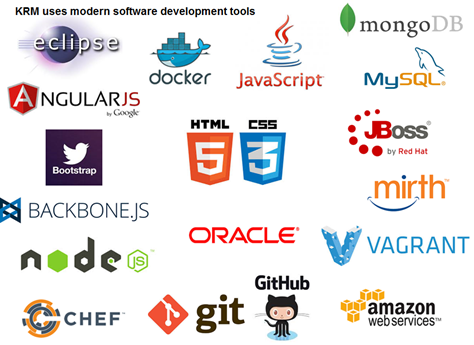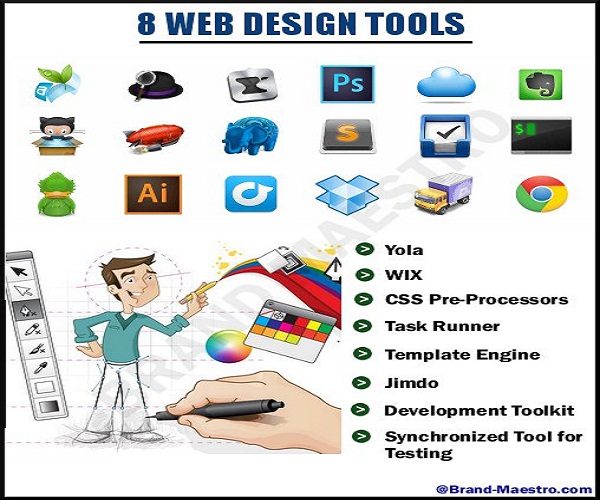Web development-Frameworks-PWA's
Introduction to Progressive Web Apps (PWAs)
What are Progressive Web Apps (PWAs)?
Progressive Web Apps (PWAs) are web applications that provide a native app-like experience on mobile and desktop devices. PWAs take advantage of the latest web technologies to deliver enhanced speed, offline capabilities, and the ability to be installed on users' devices directly from the browser.
They combine the best of web and mobile apps, offering users a seamless experience without requiring them to download large files from an app store.
Why Choose PWAs?
- Offline Access: PWAs can work offline or on low-quality networks, providing a smooth experience even with slow or no internet connection.
- Performance: PWAs are designed for speed. They load instantly and provide a fast, responsive experience, even on slower networks.
- Installable: Users can install PWAs on their devices directly from the browser, without visiting an app store. Once installed, they function just like native apps.
- Push Notifications: PWAs support push notifications, keeping users engaged with updates and personalized content.
- Cross-platform: PWAs work on all platforms, including Android, iOS, Windows, macOS, and Linux, without the need for separate codebases.
Below is a Beginner's Guide to PWAs
How Do PWAs Work?
PWAs use three core technologies: Service Workers, the Web App Manifest, and HTTPS. The service worker acts as a background script that intercepts network requests, caches resources, and delivers content offline. The manifest file provides metadata, such as the app’s name, icons, and theme color, while HTTPS ensures secure data exchange between the server and the user.
Key Advantages of PWAs:
- Reliable: They work offline or on unreliable networks, providing a consistent user experience.
- Engaging: PWAs offer immersive experiences like push notifications and home screen icons, keeping users engaged.
- Fast: PWAs load quickly and provide smooth interactions, even on slower networks, improving overall user satisfaction.
- Security: Delivered over HTTPS, PWAs ensure that your data remains safe and secure.
PWAs are rapidly gaining popularity among developers and businesses. The latest trends show more organizations adopting PWAs as they offer a lower-cost alternative to native apps with similar functionality. They provide a universal solution that caters to both mobile and desktop users, ensuring a consistent experience across devices. In this blog, we'll dive into how PWAs are shaping the future of web development, exploring their role in increasing user engagement, performance, and flexibility. Understanding the latest trends in PWA technology can help you develop modern, efficient web applications that stand out in today's competitive landscape.
Try PWAs with a Simple Example
Would you like to experiment with PWAs? Click the button below to interact with a basic example and see how PWAs work in real-time!
